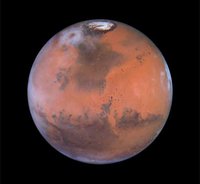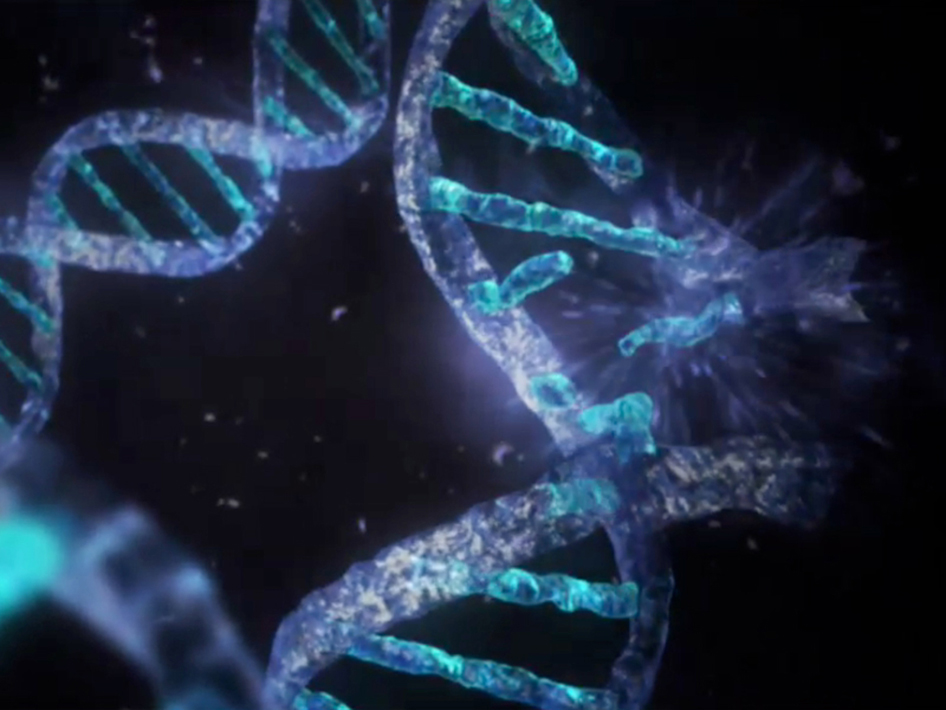
Hydrogen gas dominates the atmospheres of giant planets, ensuring that most
atmospheric carbon there is fully reduced and is present as methane. On the
terrestrial planets, the severe depletion of hydrogen causes most carbon to
be chemically bound with oxygen, so atmospheric carbon is found mainly in
the form of carbon dioxide on Venus, Mars, and Earth. On Earth, the tiny
fraction of atmospheric carbon found as methane is produced almost entirely
biologically with only a very small contribution from abiotic (geochemical)
processes.
On Mars, the photochemical lifetime of methane is very short (~300 years),
and any methane now in its atmosphere must have been released recently. The
methane release rate can be inferred from its atmospheric abundance, and
provides an important quantitative constraint for assessing biogenic vs.
primordial or geothermal origins. For this reason, methane on Mars has been
sought for decades using increasingly sensitive instruments, but has eluded
detection. Recently, three groups have reported independent detections of
methane on Mars.
I will review the current status of these searches and will present evidence
for the detection of strong latitudinal gradients by our team. Such
gradients require intense local sources, and they also require a rapid
destruction mechanism. The lifetime against destruction cannot be much
longer than equator-to-pole transport times imposed by the Hadley
circulation (weeks), and must certainly be far shorter than the
photochemical lifetime. Heterogeneous reactions with oxidants adsorbed on
airborne aerosol grains are a possible explanation. Additional chemical
tests can help to constrain biogenic vs. abiotic production, but measurement
of isotopic variations with sufficient accuracy to test origins will likely
require investigations from orbiting or landed spacecraft.
To join using a videoconferencing system:
Please RSVP to Mike Toillion (mike.toillion@nasa.gov) if you will be joining by Polycom.
To view the slides, connect to http://connect.arc.nasa.gov/nai_directors_seminar/
To join using a web browser:
The slides and audio/video for this meeting will be presented using Adobe Connect. To join the meeting, connect to:
http://connect.arc.nasa.gov/nai_directors_seminar/
If you are having problems connecting, you can try joining http://connect.arc.nasa.gov/nai_directors_seminar/?launcher=false, or rebooting your computer, or try joining from another network.
 A Talk With Jim Green
A Talk With Jim Green What Can Extant Genomes Reveal About Early DNA Metabolism?
What Can Extant Genomes Reveal About Early DNA Metabolism? What We Talk About When We Talk About Earth's Oxygenation
What We Talk About When We Talk About Earth's Oxygenation Bowling With Astrobiologists: A Twisted Path Toward the Origin of DNA
Bowling With Astrobiologists: A Twisted Path Toward the Origin of DNA